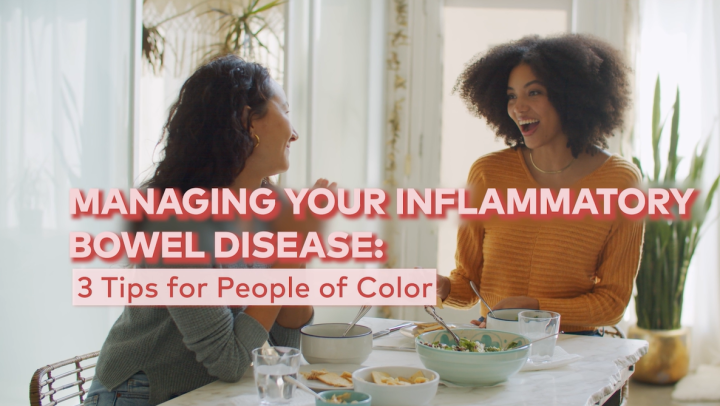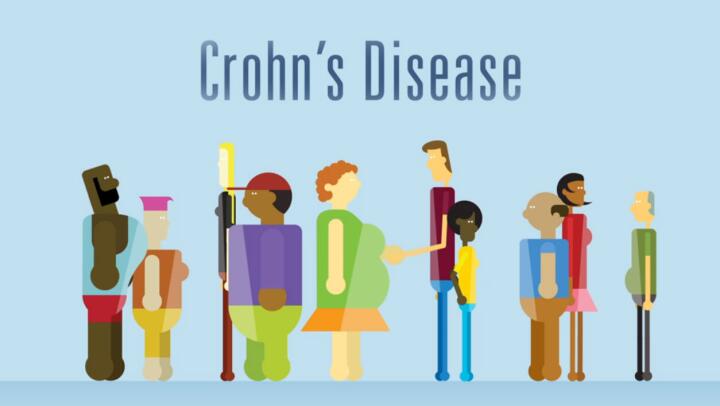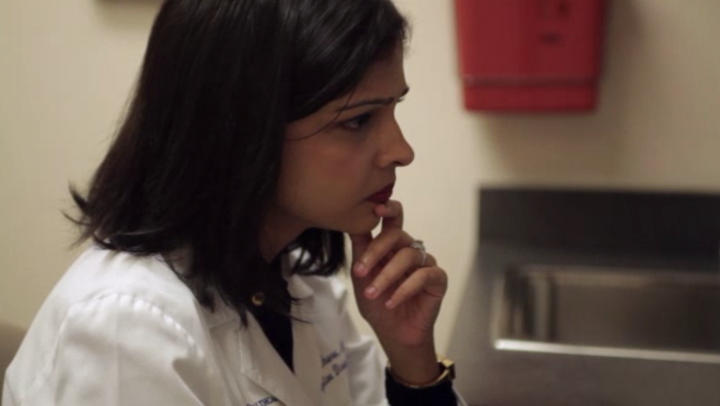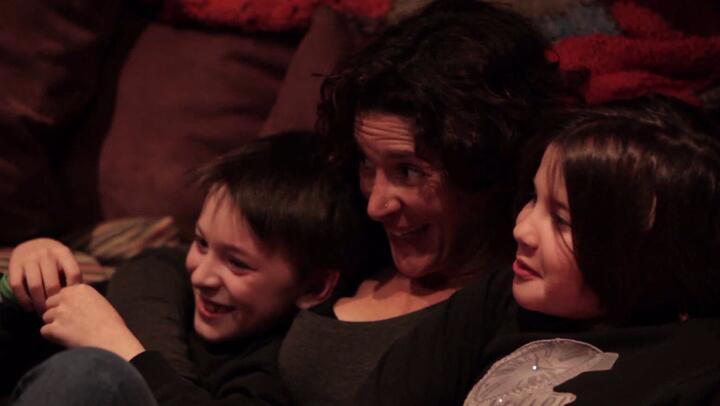Eosinophilic esophagitis (EoE) is a condition in which white blood cells called eosinophils accumulate in the esophagus, causing inflammation. The esophagus is the tube-like structure leading from the mouth to the stomach.
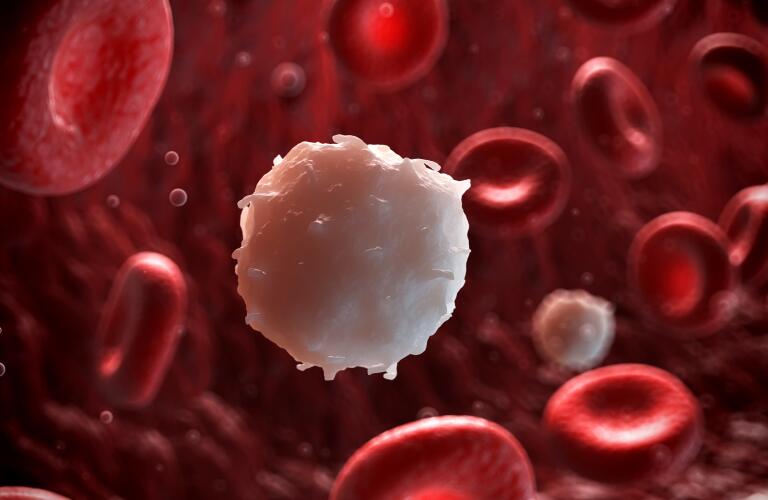
This rare condition has only been recently identified; a generation ago, it was not a recognized diagnosis. Today, experts say approximately 1 in 1,500 to 2,000 people has EoE. Because the disease affects the digestive system, it can cause problems with eating and growth. The good news is most patients thrive with medical treatment.
Learn more about eosinophilic esophagitis, including the EoE causes and symptoms and prognosis of eosinophilic esophagitis in children and adults.
Eosinophilic esophagitis causes
Researchers have learned EoE is an allergic, inflammatory disease. In people with EoE, the immune system overreacts to certain foods. In some ways, eosinophilic esophagitis is similar to food allergies, but while food allergies typically cause reactions soon after ingestion of food, EoE symptoms develop over time and damage the esophagus.
No one knows exactly why some people develop EoE. Here’s what experts know about EoE causes so far:
- EoE seems to run in families. Researchers strongly suspect a genetic component to EoE because cases have been noted in biological relatives living in very different environments. Researchers have also identified a number of genes that may play a role in EoE, including one called calpain14 (CAPN14).
- Males are more often affected. Although EoE can affect both males and females, males are more commonly affected, by a ratio of 3:1.
- People with allergies, eczema and asthma are more likely to be diagnosed with EoE. Many people with EoE also have a personal or family history of allergies and chronic respiratory disease. Allergies and EoE are both caused by an overreaction of the immune system.
Eosinophilic esophagitis in children
Today, EoE is most likely to be diagnosed in children, although there’s increasing recognition that adults are affected by this condition also. In children, common symptoms of eosinophilic esophagitis include:
- Feeding problems. In infants, the first sign of EoE may be feeding problems. Babies with EoE may refuse or turn away from the bottle or breast and be fussy before, during and after feedings. That’s because EoE causes inflammation of the esophagus, which can make swallowing uncomfortable.
- Poor growth. Because eating is painful for children with EoE, they may not take in enough calories to grow adequately. Healthcare providers carefully track children’s growth and development so they can spot potential concerns and intervene before long-term problems develop.
- Vomiting. All infants spit up, but babies and children with EoE may regularly regurgitate food after eating.
- Reflux. When acid from the stomach backs up into the esophagus, it can cause discomfort, including heartburn. Often, physicians can effectively manage this reflux with over the counter or prescription medications. Reflux that doesn’t respond to medication may be due to EoE.
- Chest or abdominal pain. EoE can be uncomfortable. Some children complain of heartburn, chest pain, or abdominal pain after eating.
- Poor appetite. Would you look forward to eating if doing so caused you pain? Probably not. Many children with EoE are less than enthusiastic about meals.
With treatment, most children with EoE thrive. Researchers are still learning about the natural history of this disease. In most cases, it appears to be a chronic, lifelong condition. However, some studies have suggested a very small percentage of children with EoE (0.44 to 5%) may outgrow the disease.
Eosinophilic esophagitis in adults
In the past, many adults with EoE were diagnosed with acid reflux. Now, physicians know that adults with chronic heartburn and difficulty eating may have eosinophilic esophagitis. Symptoms of EoE in adults include:
- difficulty swallowing
- getting food “stuck” in the esophagus
- heartburn
- chest pain
- reflux that doesn’t improve with medication
Appropriate diagnosis and treatment can lead to a significant improvement in symptoms and quality of life.





